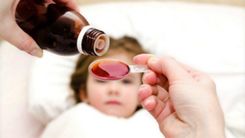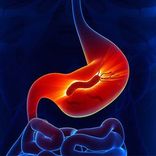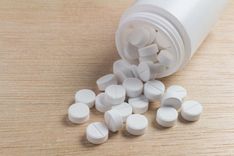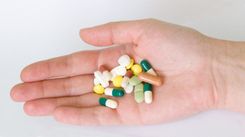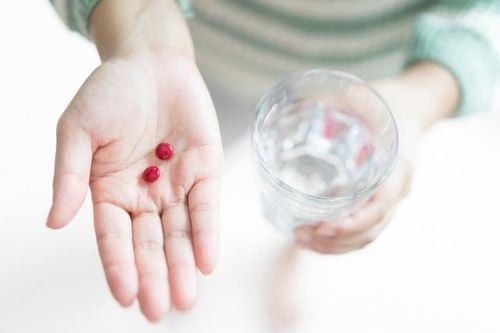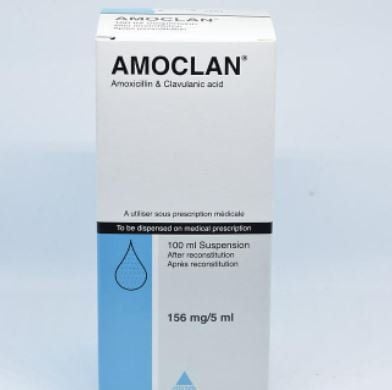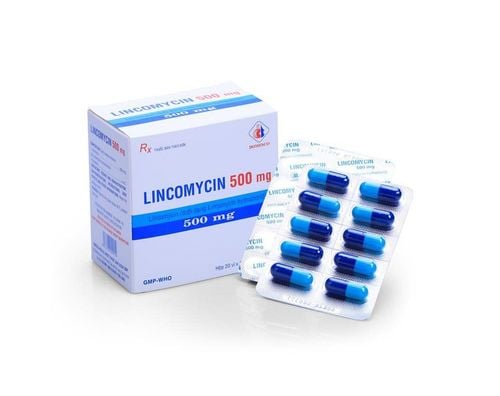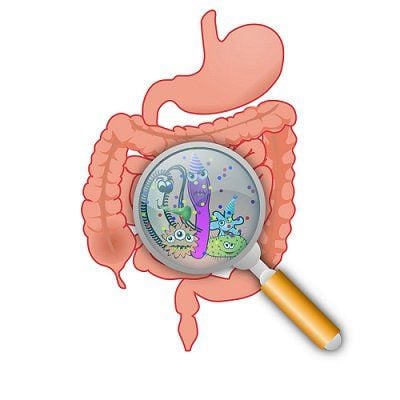Gentrisone is a topical cream that is widely used in skin diseases. You may not know what Gentrisone is and what diseases Gentrisone specifically treats. The uses of Gentrisone in the treatment of dermatological diseases as well as some frequently asked questions will be presented in this article.
1. What is Gentrisone?
What is Gentrisone and what are its ingredients? Gentrisone is a topical cream containing the active ingredients Betamethasone dipropionate, Clotrimazole and Gentamicin Sulphate and other excipients.
The ingredient Betamethasone dipropionate in the cream inhibits the synthesis of some inflammatory mediators such as cytokines, prostaglandins, leukotrienes; reduces the release of histamine from mast cells.
Clotrimazole inhibits the growth of fungi. Specifically, Clotrimazole exerts its effect mainly by damaging the permeability barrier in the fungal cytoplasmic membrane, inhibiting the biosynthesis of ergosterol.
Gentamicin sulphate is an antibiotic that inhibits the growth of bacteria, has a broad spectrum of action on Gram (+) and Gram (-) bacteria. Gentamicin sulphate irreversibly inhibits bacterial protein synthesis. The drug diffuses through the channels in the outer membrane, then the drug is actively transported through the cell membrane to enter the cytoplasm. After entering the cytoplasm, the aminoside will bind to the 30S ribosome, inhibiting protein synthesis in the following ways: interfering with the initiation complex forming the peptide chain, causing misreading of the mRNA code, distorting the amino acids in the peptide chain, creating proteins that are non-functional for the bacterial cell and are toxic; preventing ribosome movement on the mRNA. These effects can occur at the same time, causing irreversible inhibition of protein synthesis, causing the bacteria to be destroyed.
2. What does Gentrisone treat?
What does Gentrisone treat is what everyone is interested in. Gentrisone is indicated for the treatment of bacterial infections, relief of itching, burning, cracking and scaling associated with the skin of the feet, itching and ringworm, treatment of ringworm, treatment of itchy skin, autoimmune reactions, treatment of athlete's foot, prevention of oral thrush, chronic inflammation, bacterial infections, vaginal yeast infections and other conditions.
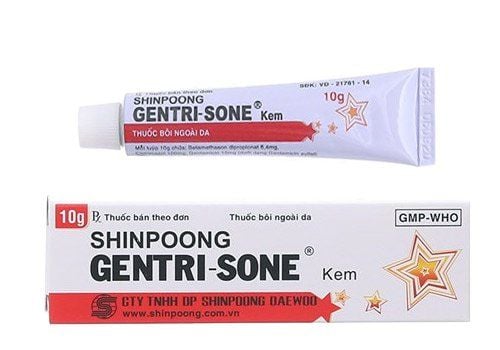
3. Contraindications of Gentrisone
Hypersensitivity to Gentrisone is a contraindication. In addition, Gentrisone should not be used if you have the following conditions:
- First trimester of pregnancy
- Hypersensitivity
- Hypersensitivity to imidazoles
- Do not use Gentrisone in children under 2 years of age unless directed by a doctor
- Do not use for diaper rash
4. Side effects of Gentrisone
When using Gentrisone, you may experience some unwanted effects such as:
- Itching or burning
- Itching
- Irritation
- Burning
- Redness
- Swelling
- Abdominal pain
- Fever
- Foul-smelling discharge if using vaginal products
- Abdominal discomfort
- Vomiting if using lozenges
- Skin irritation
- Dizziness
- Difficulty breathing
5. Interactions with Gentrisone
The effects of Gentrisone may be altered if used with other drugs or supplements. Specifically, it may increase the risk of side effects and reduce the drug efficacy. Gentrisone may interact with drugs such as: Aminoglycoside, Cephaloridine, Cidofovir, Cisplatin.
In addition, some health conditions may make you more susceptible to side effects of the drug, such as:
- Acquired immunodeficiency syndrome
- Alcohol use
- History of allergies to ingredients in Gentrisone
- Diabetes
- Elderly patients
- History of alcohol abuse
- Viral infections in immunocompromised people
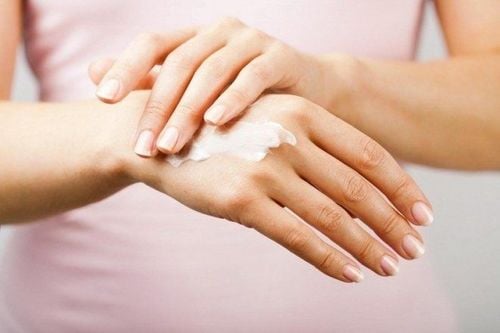
6. Dosage and how to use Gentrisone
Depending on your medical condition, your doctor will prescribe applying the medicine 1-3 times a day. To achieve the desired effect of Gentrisone, you should follow these steps:
- Clean the skin area, dry the skin before applying the medicine
- Do not wash the treatment area immediately after applying Gentrisone.
- Avoid using other topical products on the treatment area unless directed by your doctor.
- Apply only a thin layer to the skin and around the injured skin area. Applying too much can lead to clumping.
- Avoid getting Gentrisone in your eyes, nose or mouth
- Wash your hands before and after applying Gentrisone.
7. Some frequently asked questions during the use of Gentrisone
7.1. How long does it take to improve symptoms of the disease?
According to feedback from Gentrisone users, symptoms usually improve after 3-7 days of use.
7.2. Can I drive or operate heavy machinery while using Gentrisone?
If you experience drowsiness, dizziness, low blood pressure or headache as side effects when using Gentrisone, it may not be safe to drive or operate heavy machinery. According to health experts, patients should not drink alcohol with the drug, because alcohol increases the side effect of drowsiness.
7.3. What should I do if I miss a dose?
In case you miss a dose, use it as soon as you remember. If you remember close to the time of the next application, you should skip the missed dose and take the medicine as scheduled for the next dose. However, if you often forget to apply the medicine, this may affect the treatment results. You should set an alarm or ask a relative to remind you to use the medicine on time. If you forget too many doses, consult your doctor about the medication regimen before continuing.
7.4. How to store Gentrisone?
Store Gentrisone at room temperature, away from heat and direct light. Do not freeze Gentrisone unless you read the instructions for use of the medicine. Keep Gentrisone away from children and pets.
To arrange an appointment, please call HOTLINE or make your reservation directly HERE. You may also download the MyVinmec app to schedule appointments faster and manage your reservations more conveniently.
